Back in the summer of 2008, I went with one of my good friends from college who was living in Chicago up to the middle of Wisconsin for a few days of hiking. After spending a day in the Wisconsin Dells learning that there’s no reason to go there unless you have kids under the age of about 9, we headed north into the middle of the state to a few different state parks (I don’t remember which ones). While much of the hiking was on fairly modest land, some of it went up and down big, sandy, oak-covered hills. Being the golf course nut that I am, I said to my friend ‘this would make fantastic land for a golf course (I used to say that a lot).
Well apparently I wasn’t the only person who had that thought hiking around in the sandy hills of middle Wisconsin and one of the others had much better track record of turning his golf fantasies into reality: Mike Keiser, of Bandon Dunes fame. But he saw something about which I certainly wasn’t aware: that if you stripped this scrubby land of its trees, you could expose sand barrens and types of vegetation that are native to this area, but had become dormant in the soil as we suppressed the periodic fires that were such an important part of the region’s ecology. So the land he had was perfect for an inland-Bandon Dunes and in creating it, he could make a major ecological contribution by recreating a type of landscape and plant life (beach heather, prickly pear cactus) that was indigenous to the area. Plus, it would draw wealthy golf tourists to the area, especially because it’s only a few hours (rather than a few flights) from several major metropolitan areas. So it’s a win-win-win.
Now visiting Bandon Dunes is the most overdue item on my realistic golf to-do-list. But after Keiser opened Sand Valley in 2017 and Mammoth Dunes in 2018, I knew that this wouldn’t be a trip that I would put off for 15 years. So when in late April 2020 in the middle of covid cabin fever, I asked my traveling golf buddy Bob if he’d be interested in going and, having taken the lockdown worse than many, he immediately said yes. Plus it gave me the opportunity to tack on another long overdue visit (Lawsonia). Eventually the plans came to include Blackwolf Run (completely worth it) and Erin Hills (well, I checked the box) as well.
There are a lot of words that you could use to describe Mammoth Dunes. ’Mammoth’ and ‘Dunes’ are two good ones. Another is ‘spectacular.’ But from the golfer’s perspective, probably the most important are ‘interesting’ and especially, ‘fun.’ This is one of the most enjoyable golf courses that I have played, especially if you’re someone who likes banking shots off of slopes and big, crazy greens. Architect David McLay Kidd speaks of the importance of the ‘bounce,’ of using firm ground and architectural features to feed the ball into the proper spots of fairways and toward pin placements. While this element has become more important on a lot of recent designs by architects like Gil Hanse and Tom Doak, I haven’t seen a course which is so fundamentally based on it.
Some people might think that it gets a bit over the top with all the big slopes around the greens and that it rewards too many loose shots. True, you may get away with a loose shot or two. But three or four of them will catch a slope and go the wrong way, leaving you in a ditch or with a 75 foot putt. Almost any feature on this course that can help you can also hurt you if you don’t play it correctly. This results in one of the most strategically interesting courses that I’ve played as well as one that gives you among the most tactical options to play shots. Yes, you can shoot a good score here even if you hit a few poor shots, but what’s wrong with that? It’s certainly more fun to shoot well than poorly.
Now the first hole embodies all of the above-mentioned adjectives with its hundred yard wide fairway and sandy expanses but there’s also another important one: confusing. I hit my drive down the middle of the fairway and played my second at the middle of the green that we see in the second picture. Oops. Turns out that the green is about 60 yards wide and that’s the left third of it.
Well apparently I wasn’t the only person who had that thought hiking around in the sandy hills of middle Wisconsin and one of the others had much better track record of turning his golf fantasies into reality: Mike Keiser, of Bandon Dunes fame. But he saw something about which I certainly wasn’t aware: that if you stripped this scrubby land of its trees, you could expose sand barrens and types of vegetation that are native to this area, but had become dormant in the soil as we suppressed the periodic fires that were such an important part of the region’s ecology. So the land he had was perfect for an inland-Bandon Dunes and in creating it, he could make a major ecological contribution by recreating a type of landscape and plant life (beach heather, prickly pear cactus) that was indigenous to the area. Plus, it would draw wealthy golf tourists to the area, especially because it’s only a few hours (rather than a few flights) from several major metropolitan areas. So it’s a win-win-win.
Now visiting Bandon Dunes is the most overdue item on my realistic golf to-do-list. But after Keiser opened Sand Valley in 2017 and Mammoth Dunes in 2018, I knew that this wouldn’t be a trip that I would put off for 15 years. So when in late April 2020 in the middle of covid cabin fever, I asked my traveling golf buddy Bob if he’d be interested in going and, having taken the lockdown worse than many, he immediately said yes. Plus it gave me the opportunity to tack on another long overdue visit (Lawsonia). Eventually the plans came to include Blackwolf Run (completely worth it) and Erin Hills (well, I checked the box) as well.
There are a lot of words that you could use to describe Mammoth Dunes. ’Mammoth’ and ‘Dunes’ are two good ones. Another is ‘spectacular.’ But from the golfer’s perspective, probably the most important are ‘interesting’ and especially, ‘fun.’ This is one of the most enjoyable golf courses that I have played, especially if you’re someone who likes banking shots off of slopes and big, crazy greens. Architect David McLay Kidd speaks of the importance of the ‘bounce,’ of using firm ground and architectural features to feed the ball into the proper spots of fairways and toward pin placements. While this element has become more important on a lot of recent designs by architects like Gil Hanse and Tom Doak, I haven’t seen a course which is so fundamentally based on it.
Some people might think that it gets a bit over the top with all the big slopes around the greens and that it rewards too many loose shots. True, you may get away with a loose shot or two. But three or four of them will catch a slope and go the wrong way, leaving you in a ditch or with a 75 foot putt. Almost any feature on this course that can help you can also hurt you if you don’t play it correctly. This results in one of the most strategically interesting courses that I’ve played as well as one that gives you among the most tactical options to play shots. Yes, you can shoot a good score here even if you hit a few poor shots, but what’s wrong with that? It’s certainly more fun to shoot well than poorly.
Now the first hole embodies all of the above-mentioned adjectives with its hundred yard wide fairway and sandy expanses but there’s also another important one: confusing. I hit my drive down the middle of the fairway and played my second at the middle of the green that we see in the second picture. Oops. Turns out that the green is about 60 yards wide and that’s the left third of it.
So I decided to look at the yardage book a little more carefully on the second hole. There’s a bunker in the middle of the fairway about 250 from the tees that I was playing (there are 6 or 7 choices of tee markers at Sand Valley; I played the second from the back, ~6,600 yards.) and you can see what looks like the green over the waste bunker just past it on the left. The green is actually more left than you think. The best angle visually is from the far right side of the fairway, but this leaves a longer second. But the green is also huge and while the flag was hidden in the back left when we played it, the hole is much easier if it’s on the right.
The third is an excellent zig-zagging par 5 where you want to cut off as much of the left bunker as you can to shorten the second. If you’re laying up, it’s important to keep it up the left side, near the bunker, because the angle is very awkward and the shot is blind from the right side.
The uphill par 3 fourth is good example of the importance of using bounce. The bunker in front is in front of the middle of the green and everything right of it slopes right down a false front. But it’s important to try to use context clues when you’re a golfer and there’s an important one here: the solitary white pine behind the green. If you hit it here, the ball will feed into the middle of the green—right next to the hole in my case.
The next two holes feature some huge slopes around the green which you can really use if you get out of position. The best drive on five is up the left, but if you’re coming in from the right, there’s a huge backstop. The sixth green horseshoes around a huge front bunker and features in some of the course’s promotional material. There’s a big ridge in the middle that you can use to feed your ball toward a right pin—or 80 feet from it if you’re a bit off.
The drive on the par 5 seventh is a bit intimidating, uphill over a massive waste bunker. Now there’s about three fairways worth of room to bail out left but there’s also a penalty for doing so—this lengthens the second shot and makes it unlikely that you’ll be able to carry the cross bunker in the lay up area. Unless you’ve hit a good drive, this is one of the tougher lay-ups that I’ve seen on a par 5.
The next two holes are a par 3 to an island green in a sea of sand and a long par 4 that has a that I think is even wider fairway than anything we’ve seen so far—although there’s no reason you should ever be in the left half of it. These aren’t two of the better holes on the course, but they’re still beautiful and fun to play.
The short par 4 tenth, however, is. You can tell a lot about how you should play this hole by looking up to the green on the left. You can see that from this angle, over the left side of the fairway, the green is entirely protected by what looks to be a very deep bunker. So maybe you should play your drive toward the right fairway bunker. This is correct. After all my brilliant planning, I put my drive right where I told myself not to hit it, leaving an awkward angle and then a 60 foot downhill putt.
There’s plenty of room over the right fairway bunker on the par 5 eleventh, but you’ll want to put your drive near the one on the left on this dogleg left par 5. The second shot is uphill and the green opens up from the left, so try not to fan your approach right.
Twelve gives you another centerline bunker to avoid. You either want to thread it between this and the waste bunker that runs up the left side or keep it just short. The green is built into a hill and slopes off short and right. There's also a big mound in the front-center that deflects weak approaches. If you keep your drive up the left, you can run it on and use the slope to feed the ball to back right pin locations.
Thirteen is a signature hole among signature holes; a wedge over a massive sand pit. This is one shot where you have to be fairly precise, although it’s a short one. There’s a backstop for right pins.
Fourteen is interesting for at least two reasons: (1) it’s an excellent drivable par 4; (2) it was the subject of a Golf Digest contest where they published a topographical map of the land in the magazine, invited submissions, and gave $100k to the winner. I had read about this some years ago but didn’t remember any of the details. My playing partners told me that some engineer won it and there’s a precision in the bounces here that would require an engineer to figure out. You drive into a steep right-to-left slope but you can see that if you can carry it 230 or 240, the ball will carry a ridge. From there, the land slopes forward to the green and if you suspect that just carrying the ridge will result in a putt for your second shot, you’ll probably be correct. I laid up in my first round, which left a pretty easy second. I went for it the second time around, hit a good drive, and ended up in the middle of the green. Then I three-putted.
Fifteen is a complicated par 5 that I found quite difficult. There are two choices of fairway here, straight-ahead or blind up the hill to the right. You may not even realize that the latter is there. But it leaves a much more open second. The real difficulty is in approaching the green—there’s a huge trough to the left that can easily suck your ball off the green. If you’ve laid up, it’s best not to attack left hole locations.
Sixteen is a downhill par 3 to a receptive green. If the pin is in the middle, it shouldn’t be to difficult. But if the pin is on the edge of the green, you’d better be somewhere in the middle of the green because now a lot of those slopes that help you feed the ball toward the middle work against you.
The par 4 seventeenth has another huge fairway and you’ll be tempted to just play up the right side, directly at the green. If you’re a long hitter or the flag is on the left, that works just fine. But if the flag is on the right and you’re a shorter hitter, you’ll want to play up the center-left because the green opens from the left side allowing you to run the ball into back right hole locations.
It’s pretty tough to miss the par 5 eighteenth fairway, so swing away. If you hit a really good one, you’ll have a good chance to reach the green in two. There’s a choice of lay-up fairway here—to the left over the waste bunker that gets you near the green or short of it and out to the right. The green is pretty receptive from over here and even though I could have maybe reached the green my first time around, I laid up to the right, had an easy wedge, and made a birdie. And sometimes your plans work.
I really liked Mammoth Dunes. It’s a big, beautiful, fun golf course. The fescue fairways and conducive to all kinds of bank shots and bump-and-runs, giving you an opportunity to play a lot of shots that you probably don’t play on your normal course. A few low handicap golfers may find it to be a bit of a funhouse and one of them might make the cliched windmill comment. But I found it to be a lot less gimmicky and certainly less penal than a place like Tobacco Road. And a windmill might be a useful thing here because you can certainly get a lot of wind—another reason for the width and all of the ground options. And if your low handicap friends are offended by the fact that you can get away with a few loose drives and iron shots, they can insist that you play your next round next door, where the slopes are less often in your favor.
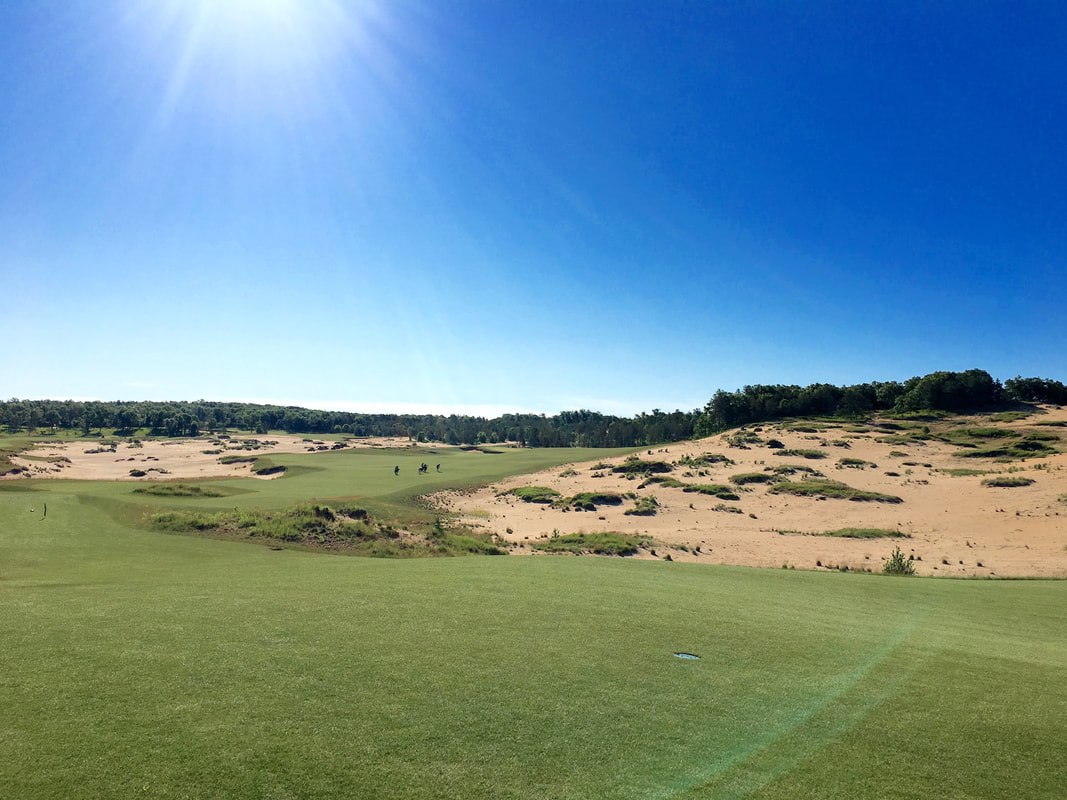
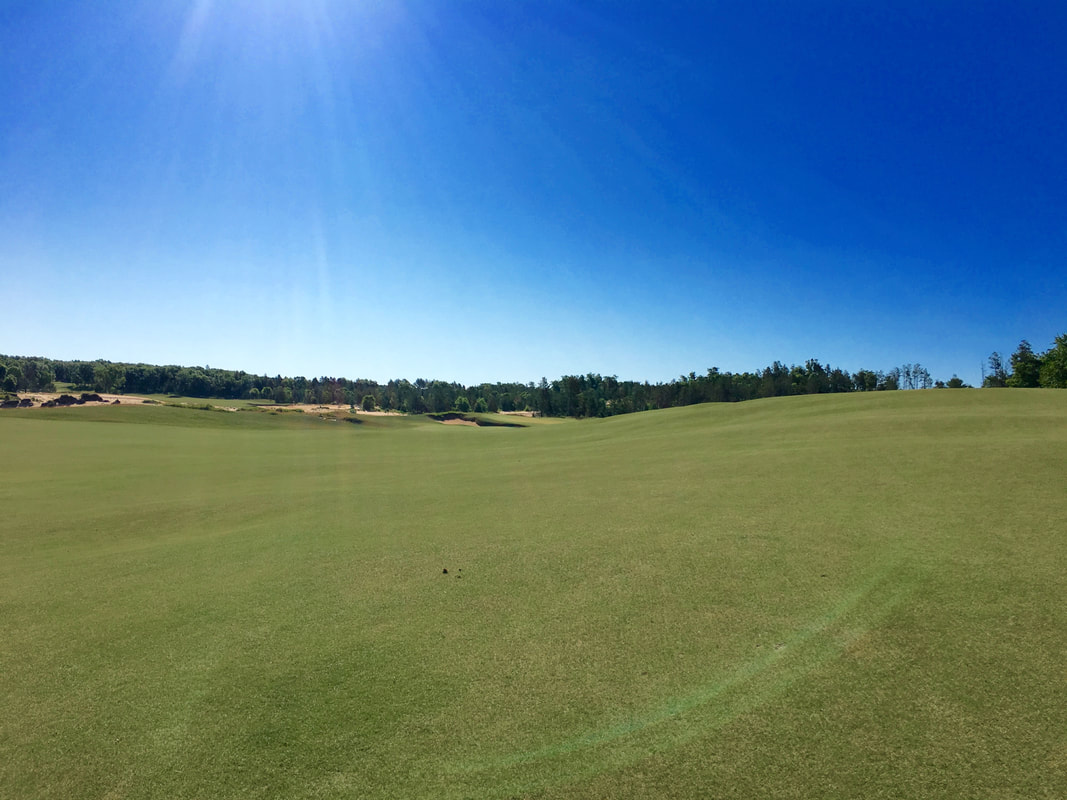
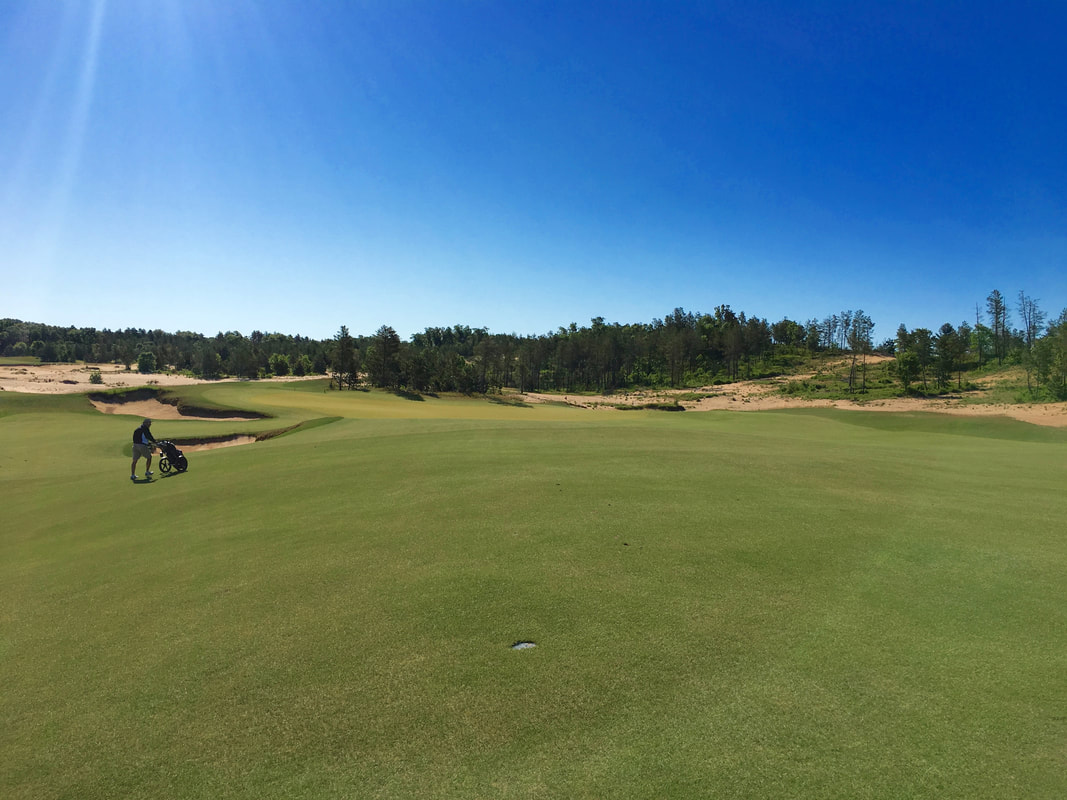
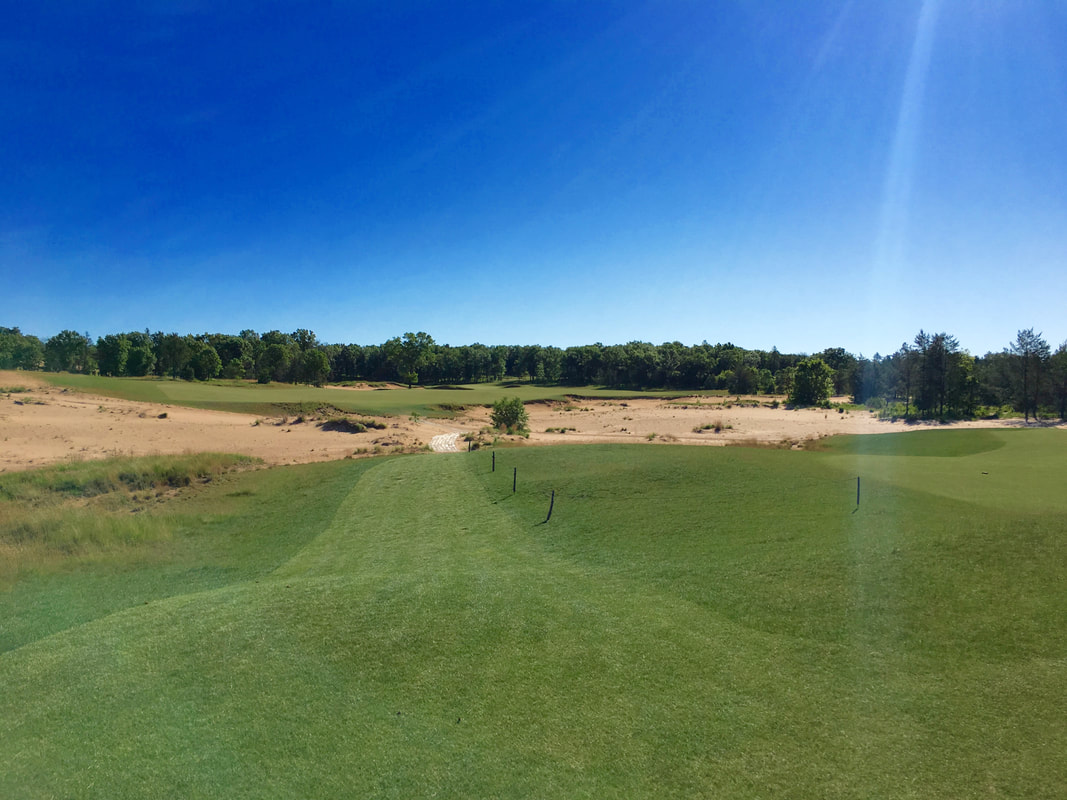
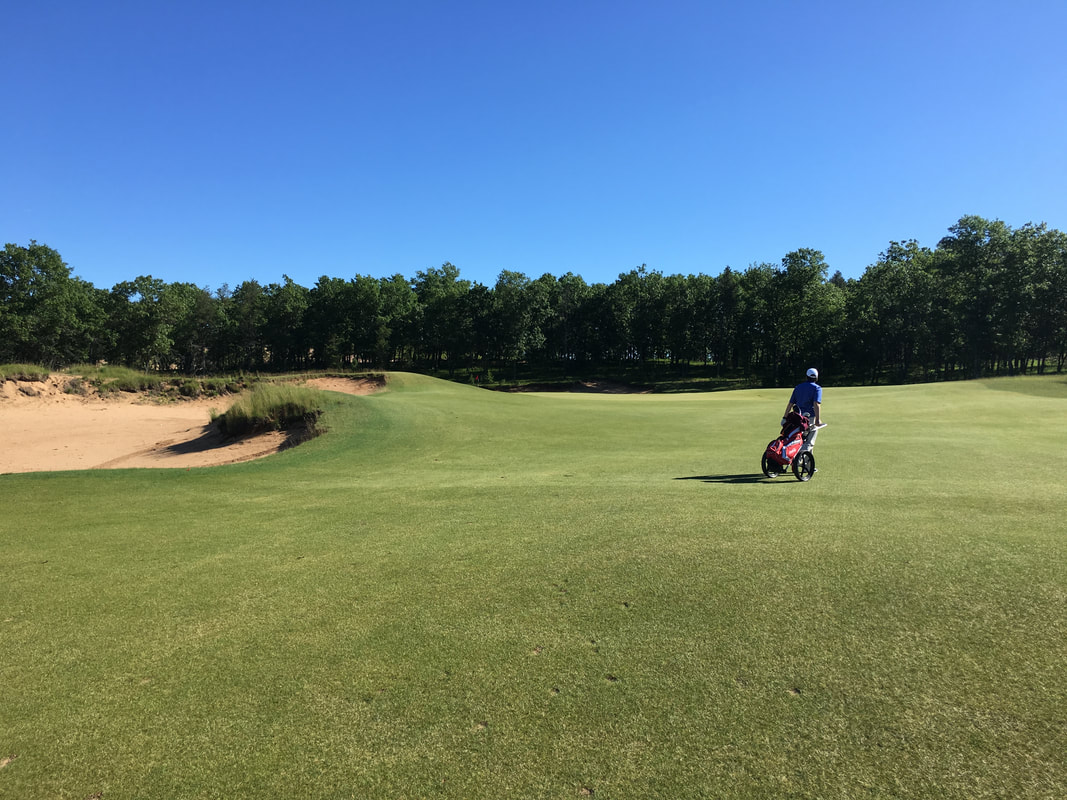
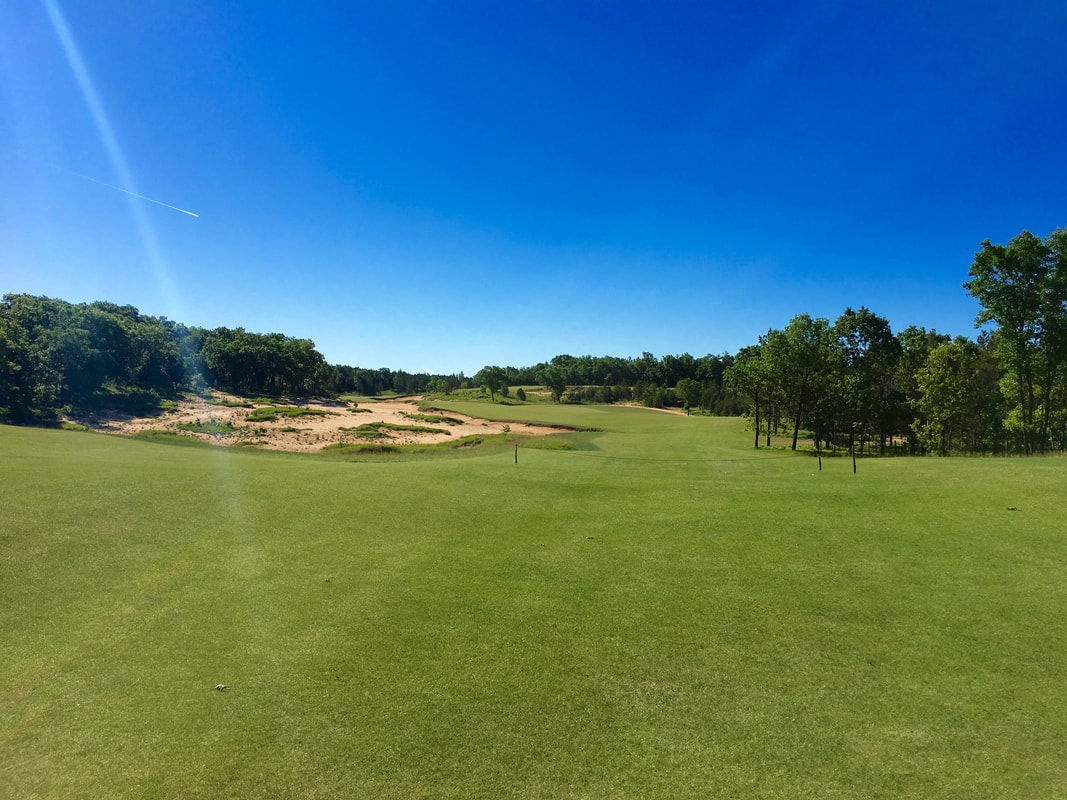
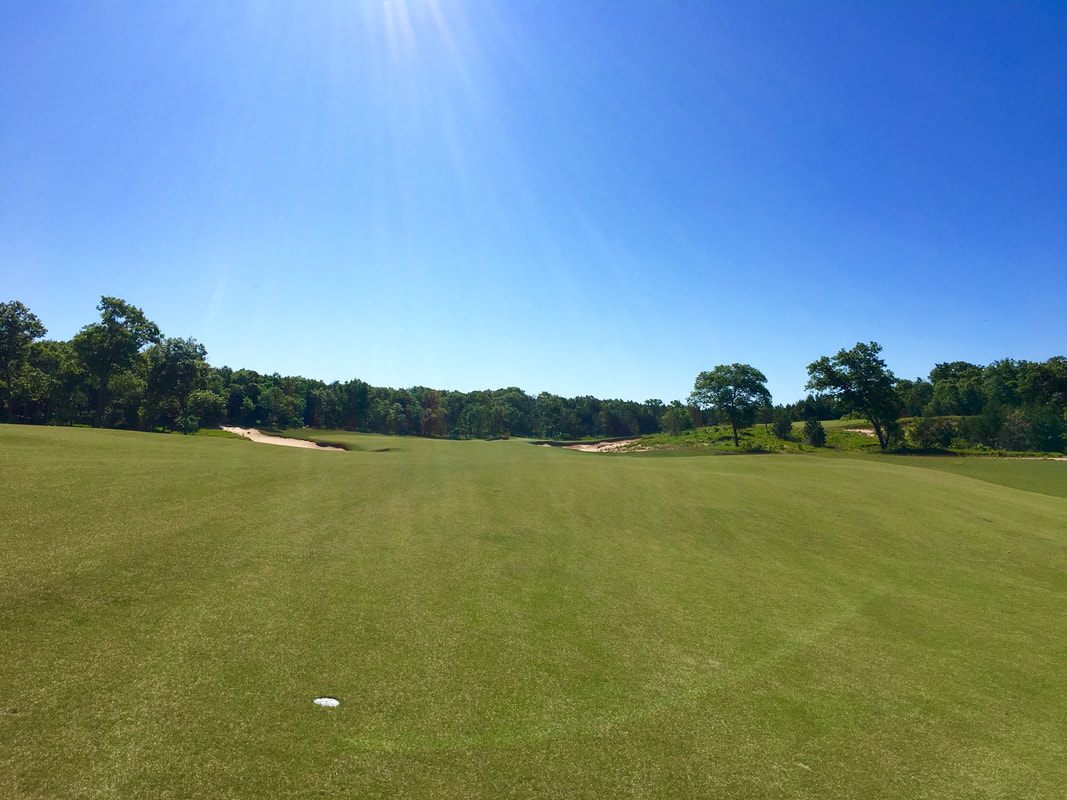
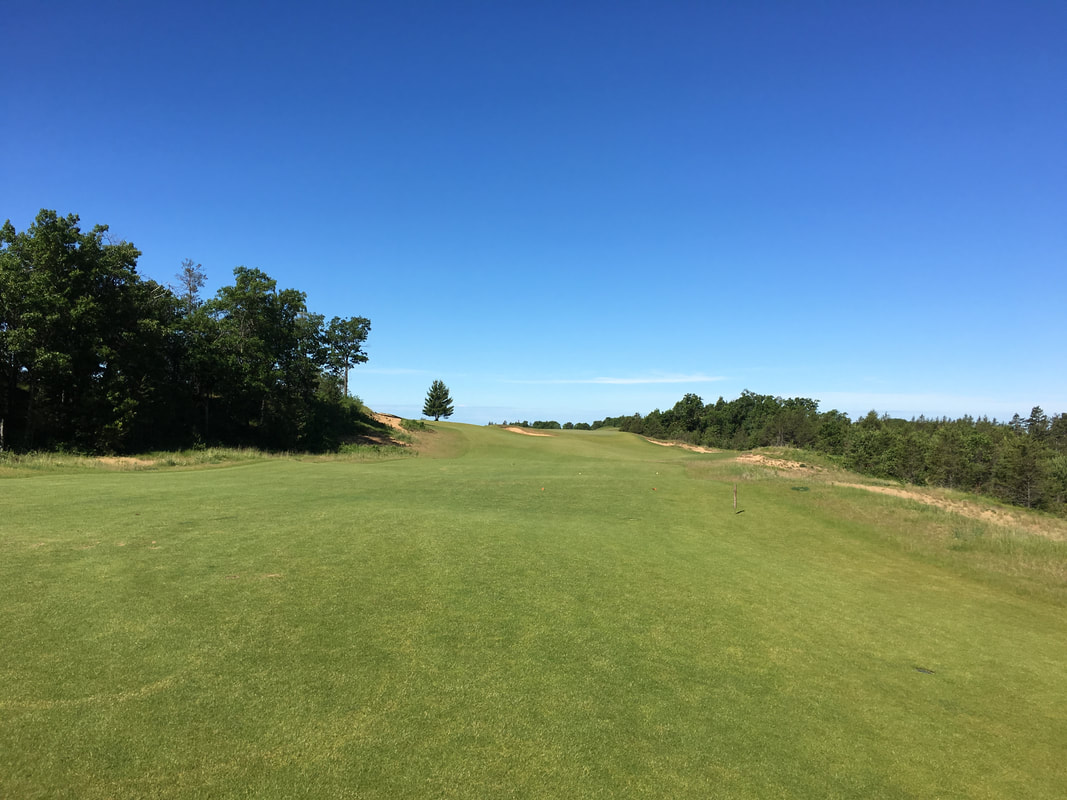
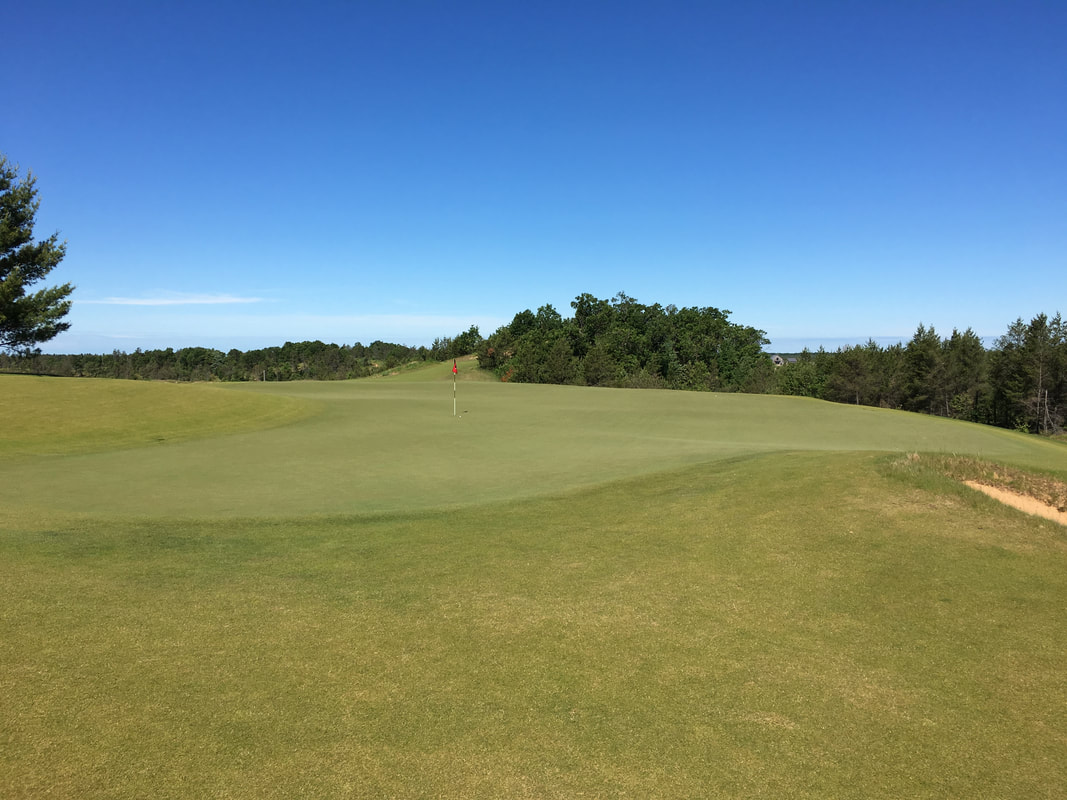
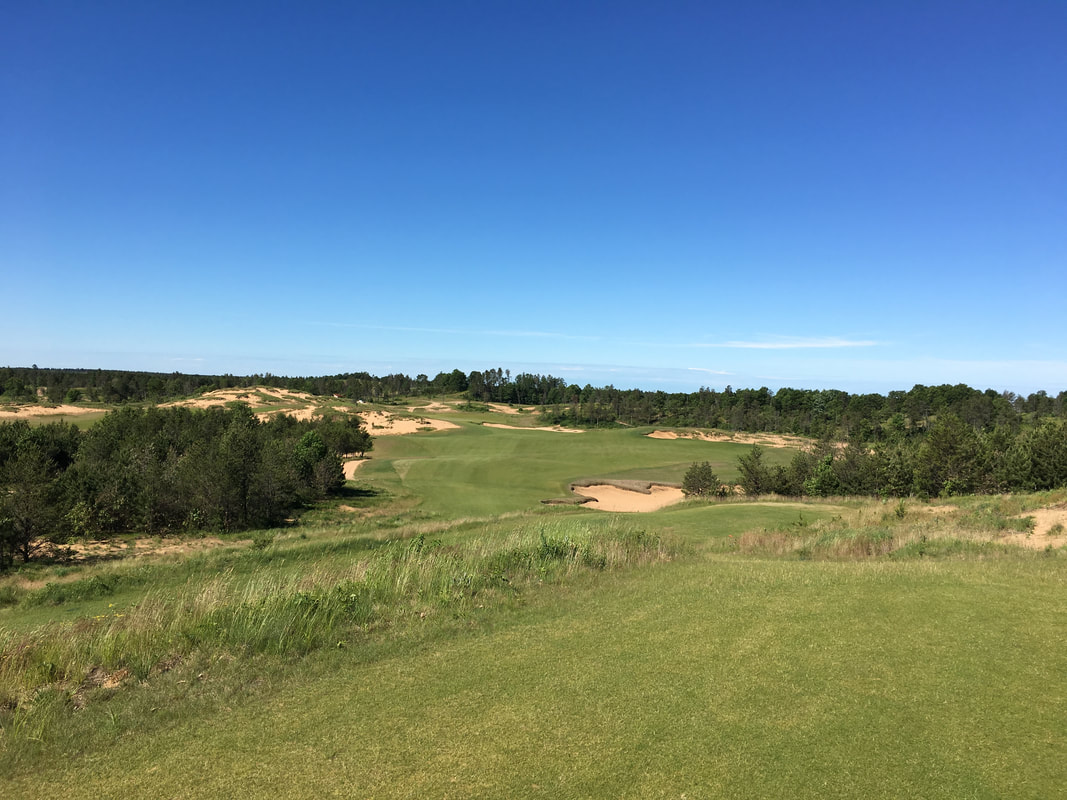
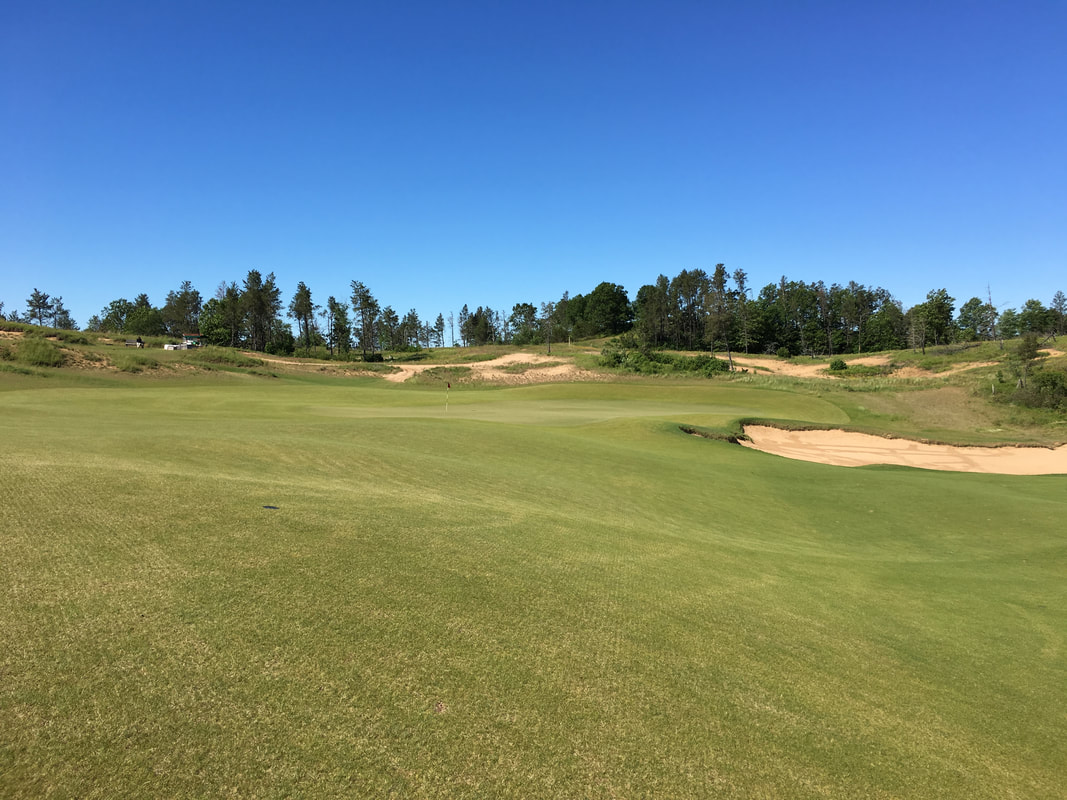
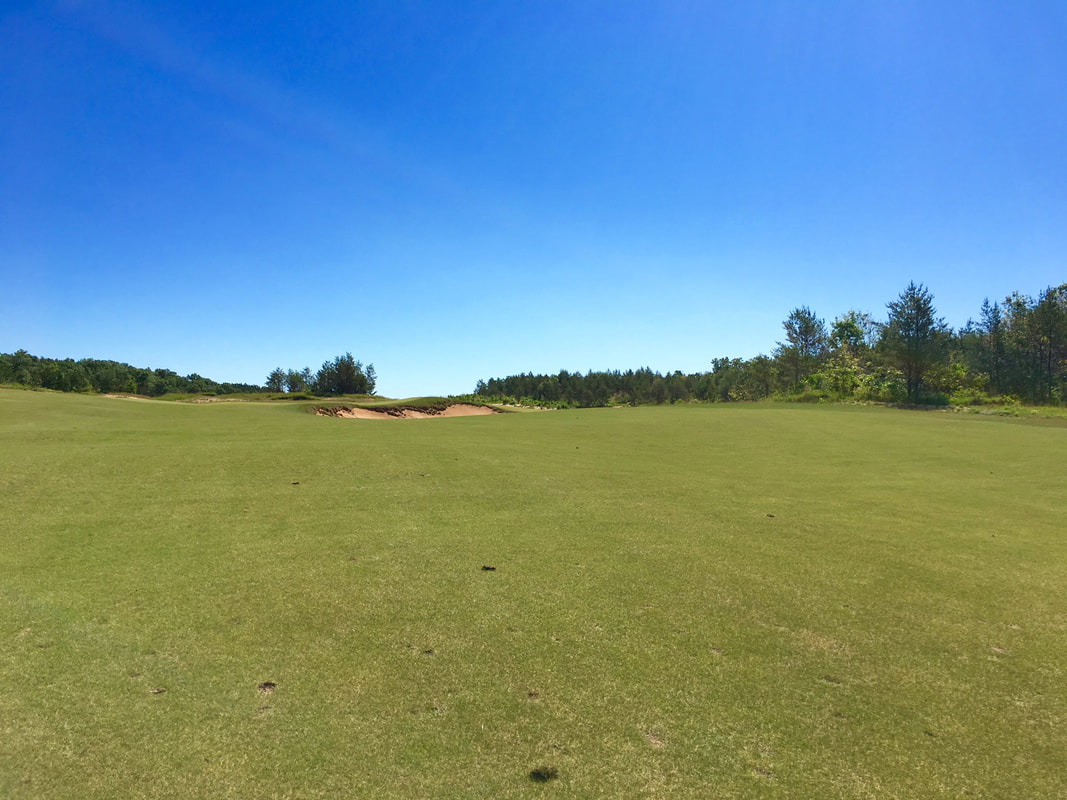
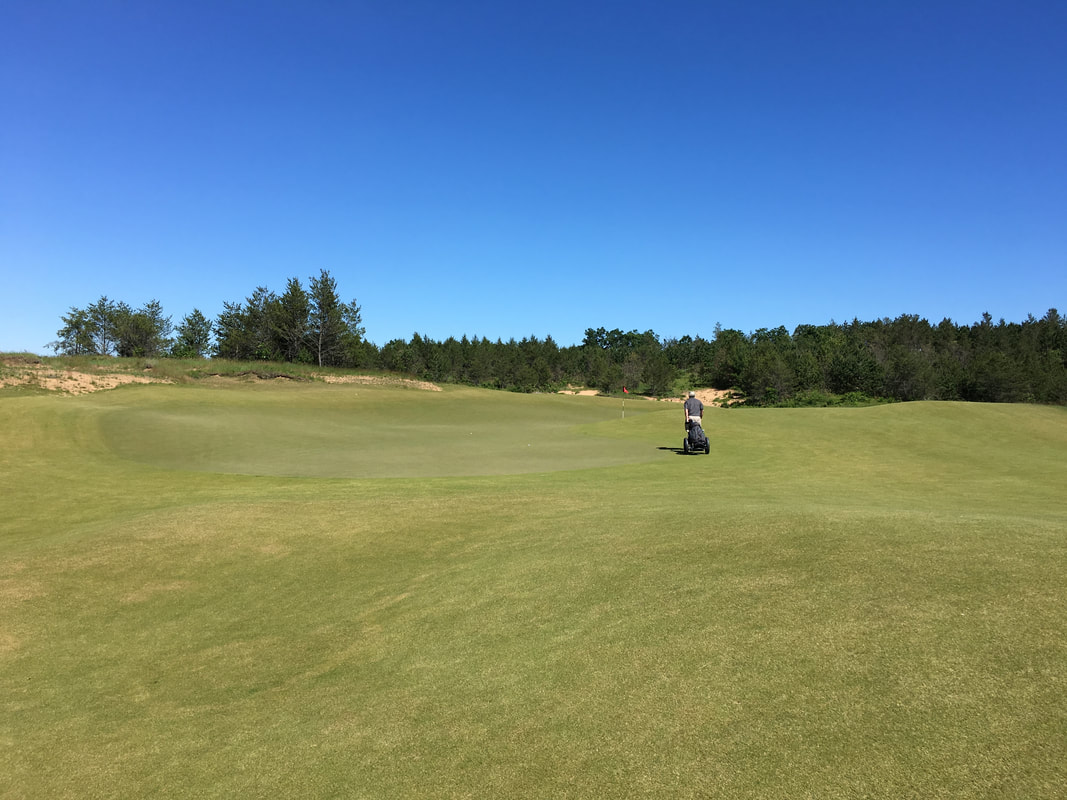
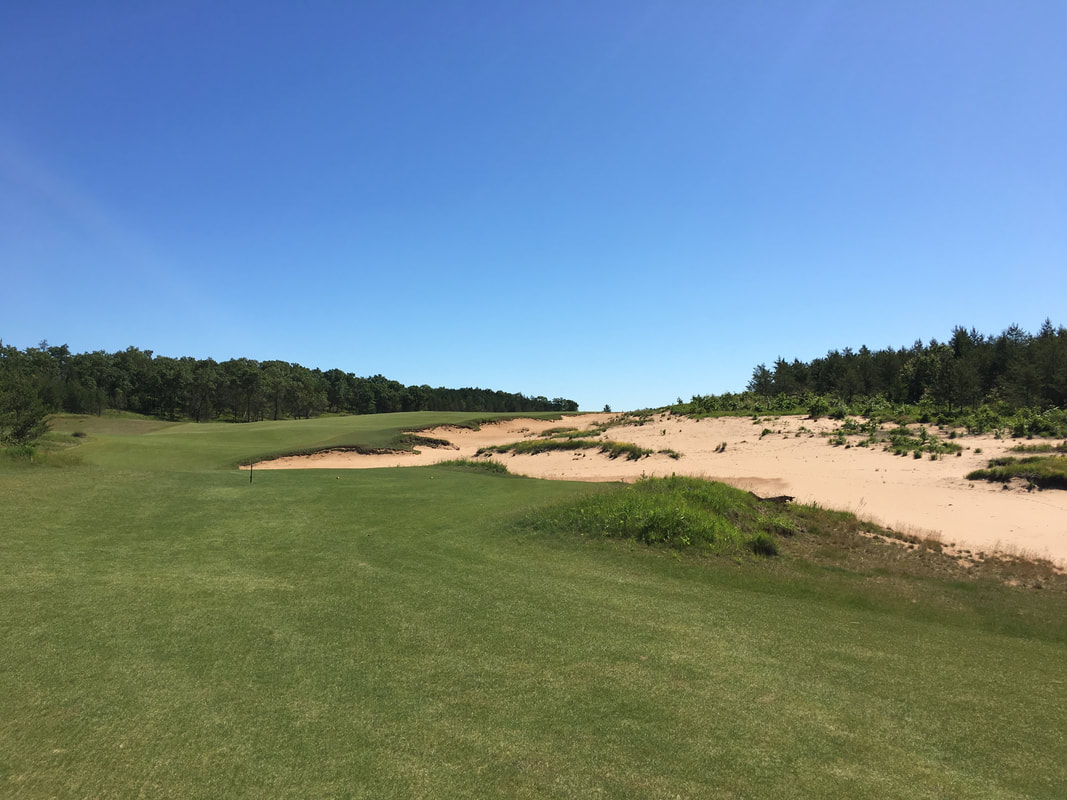
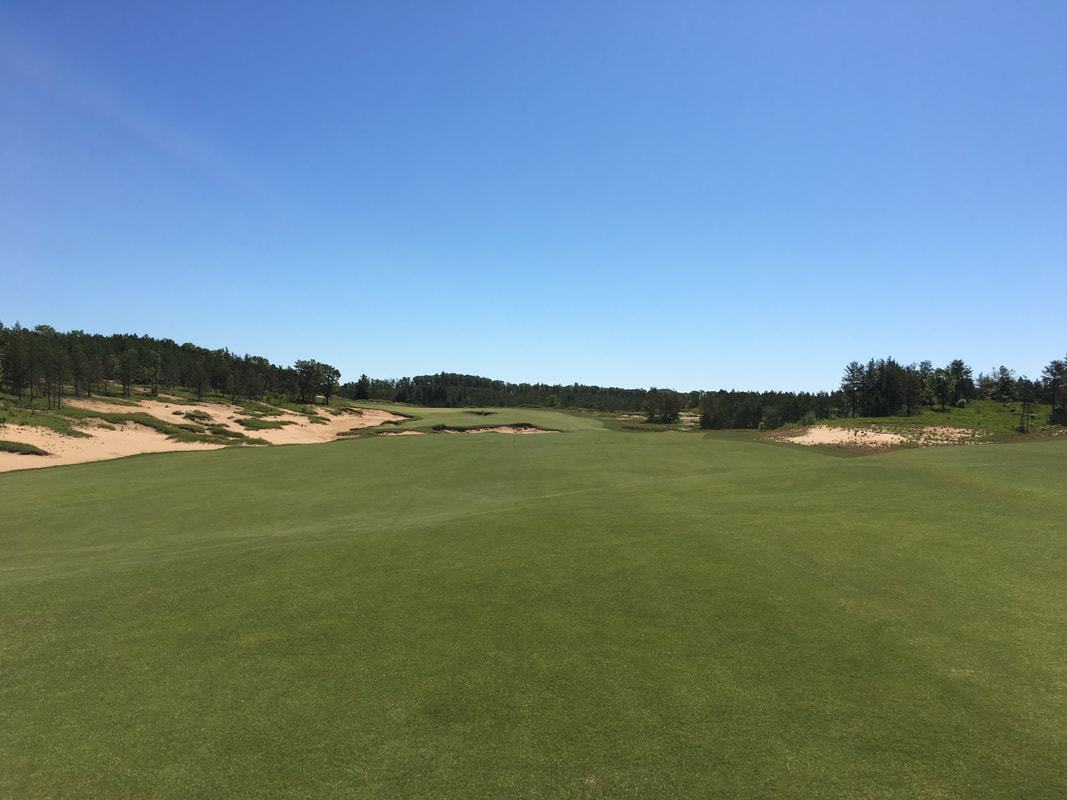
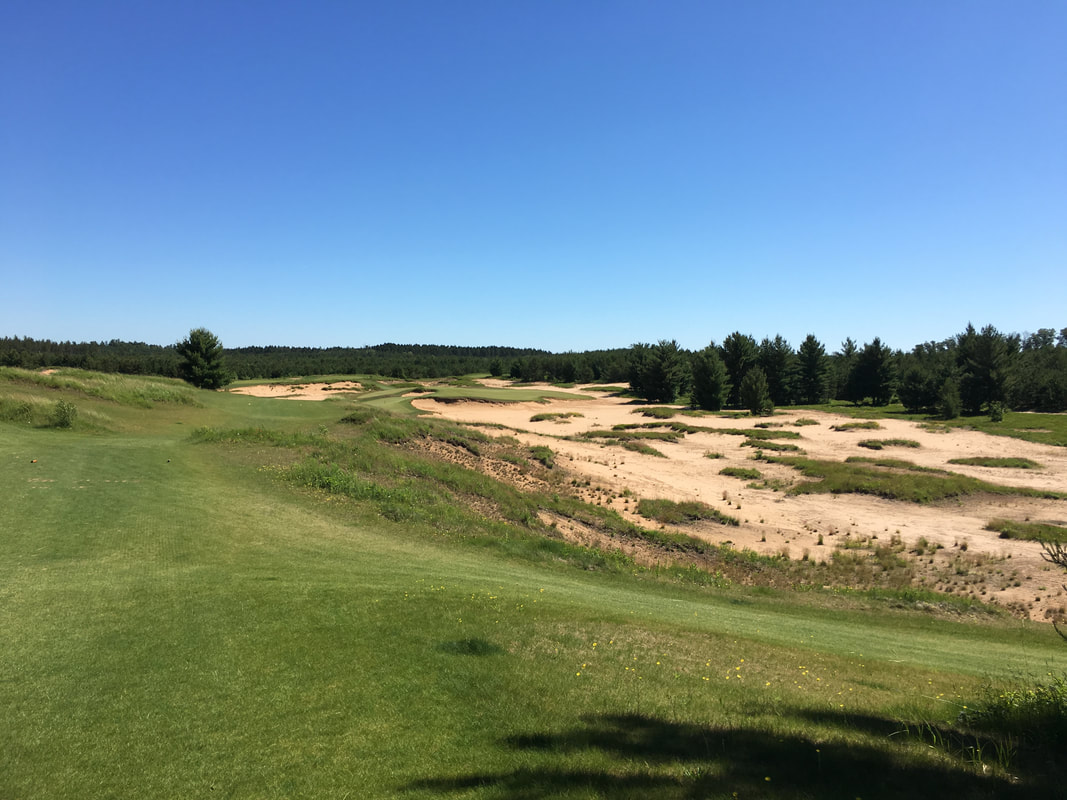
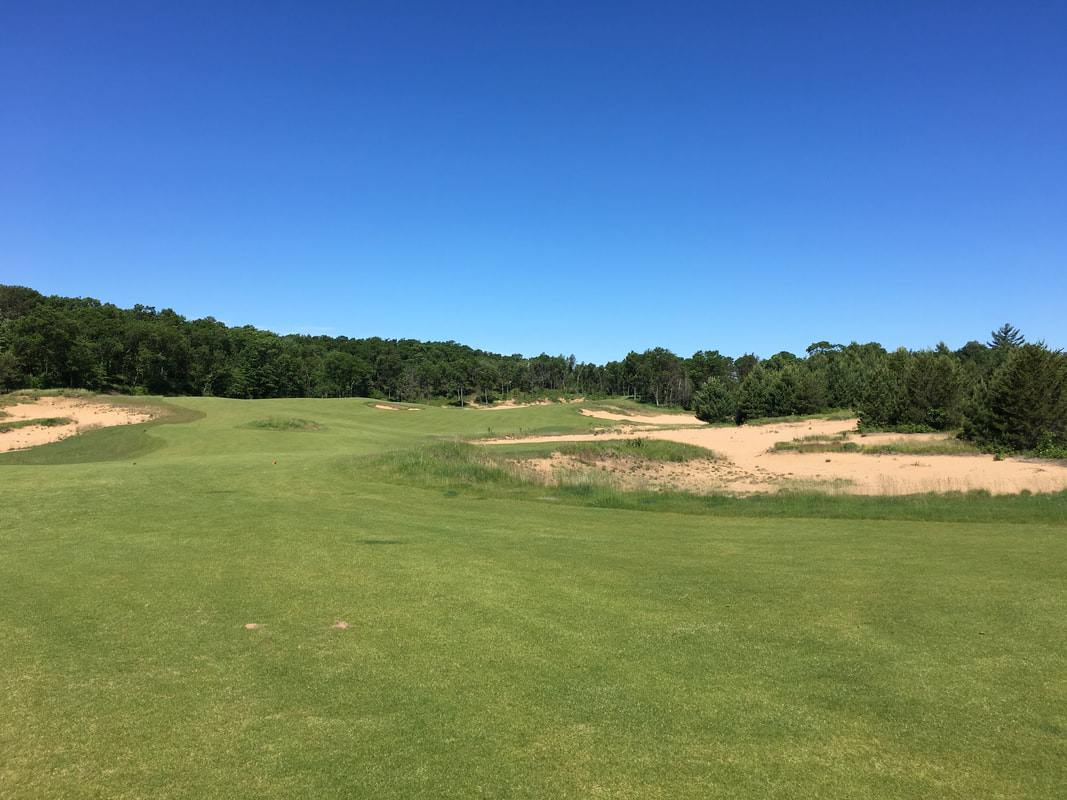

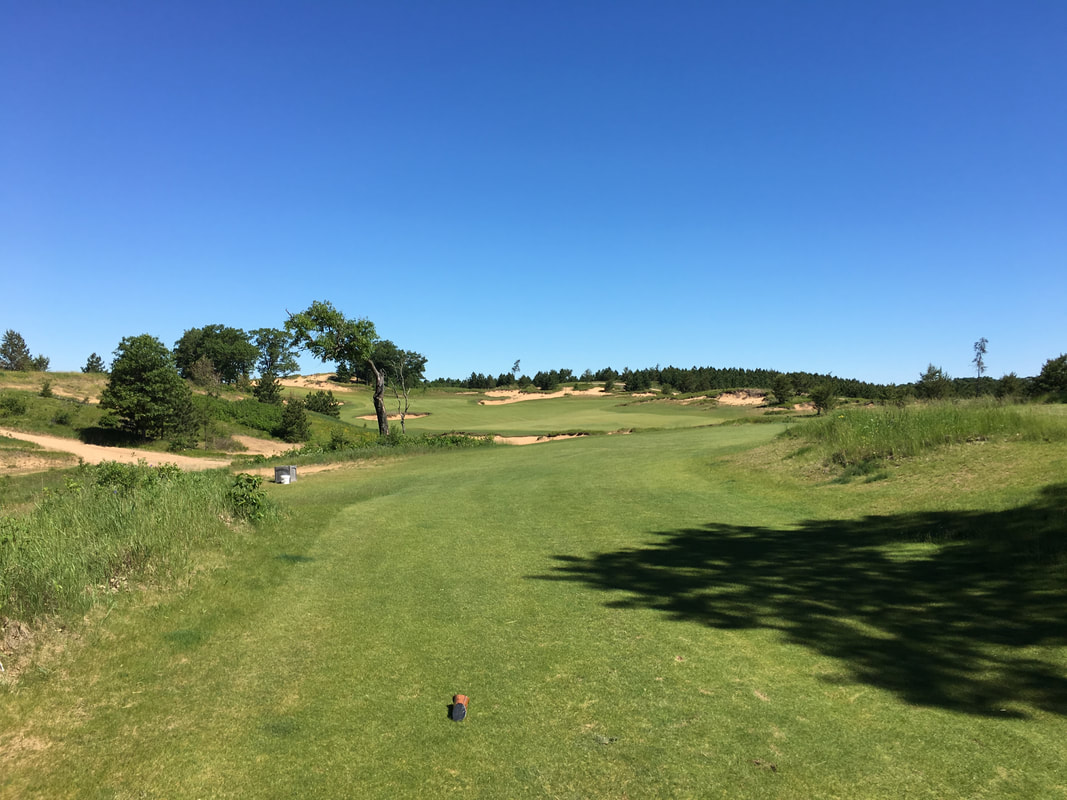
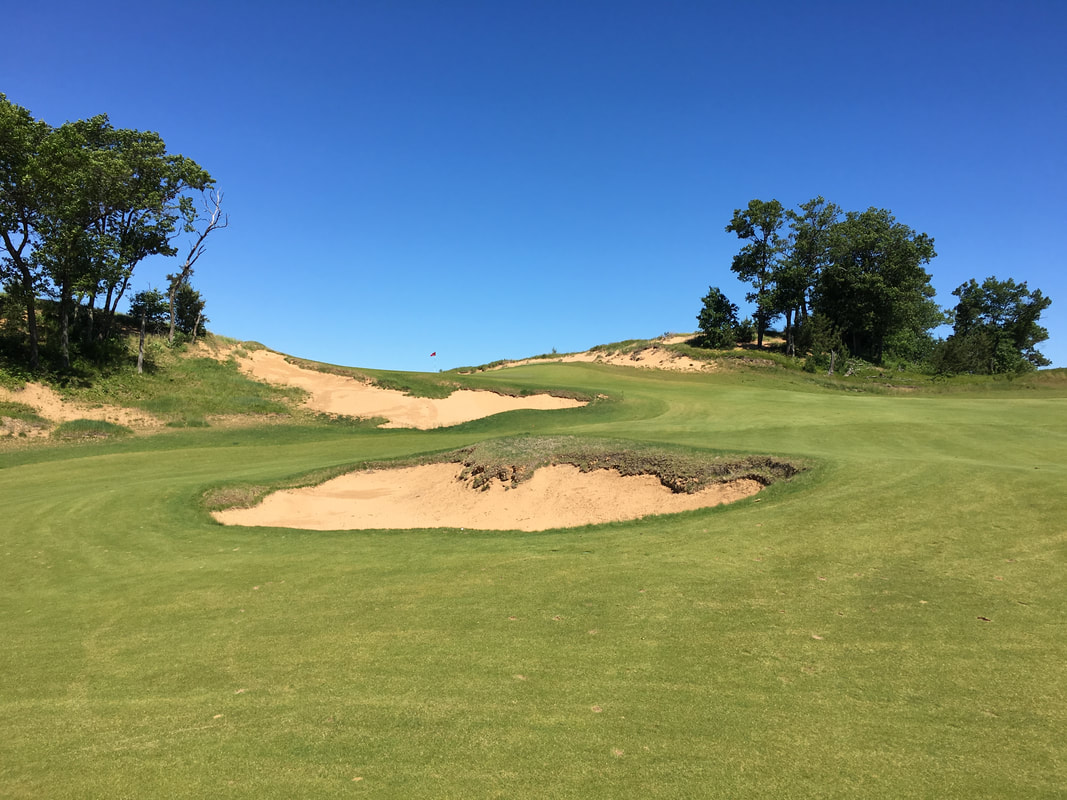
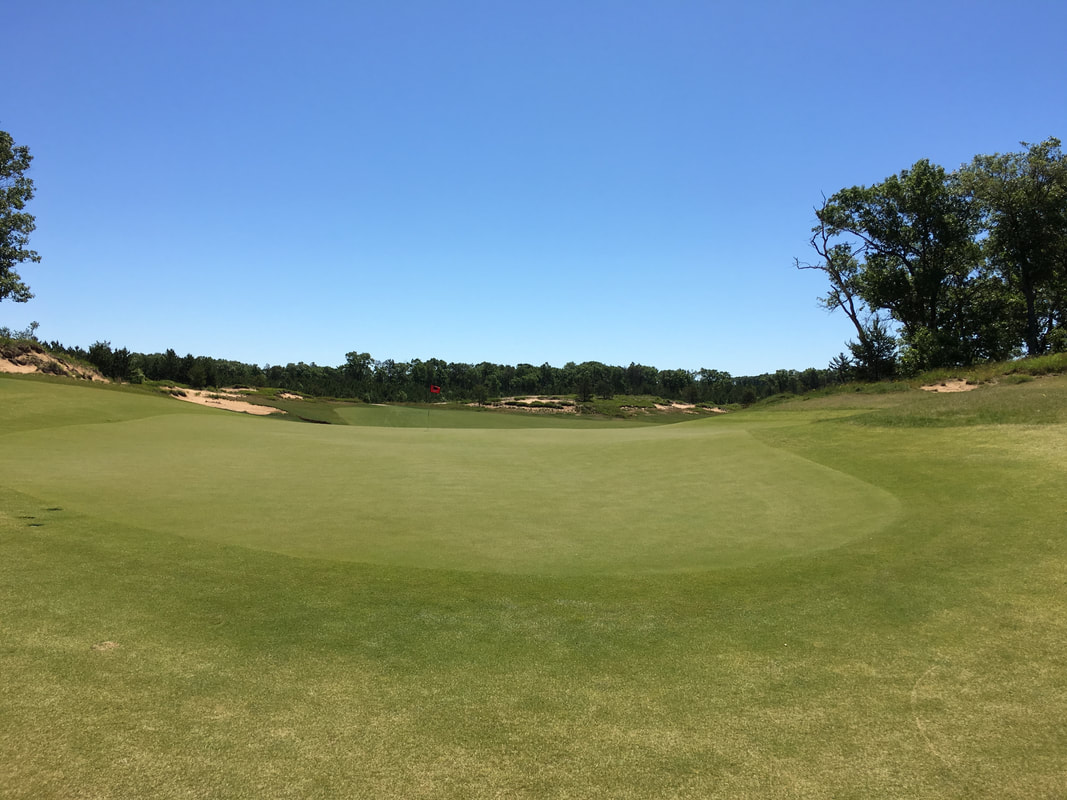
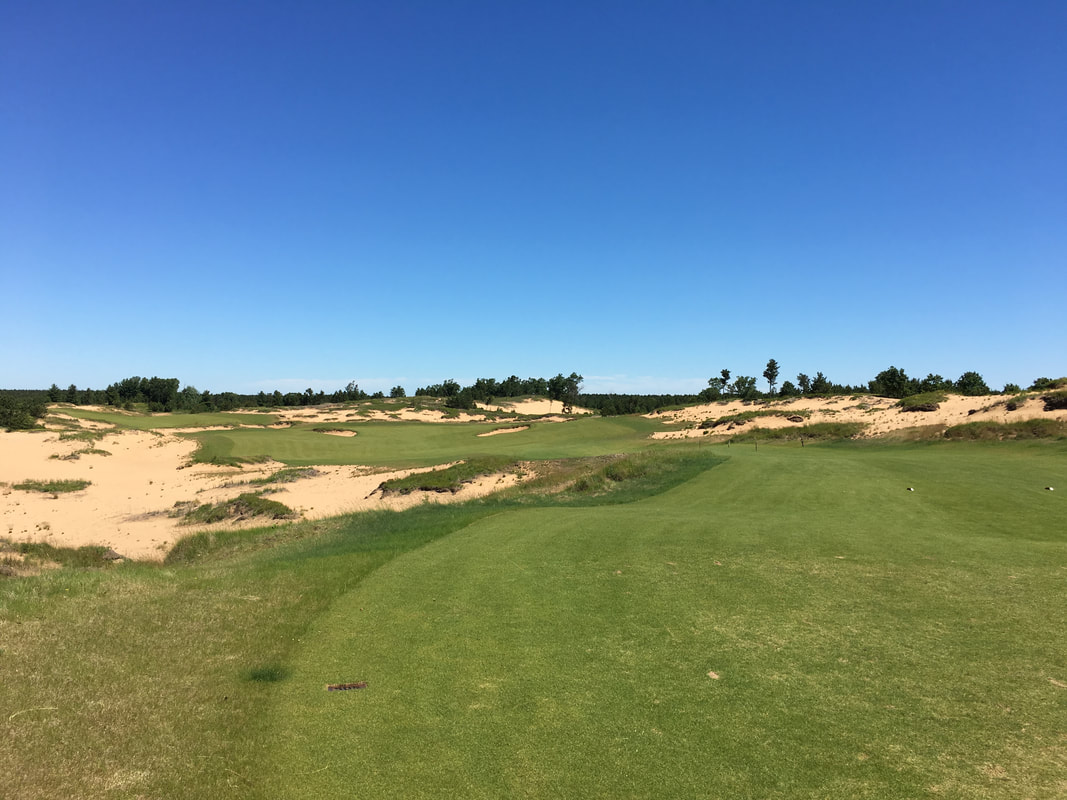
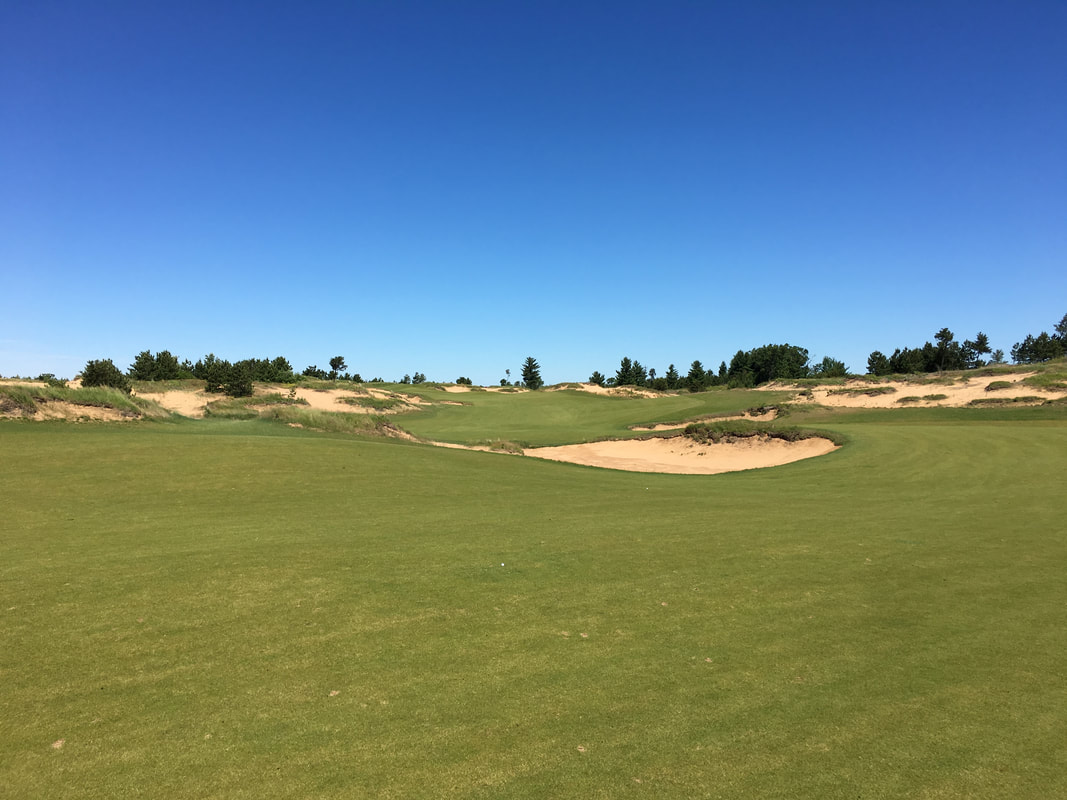
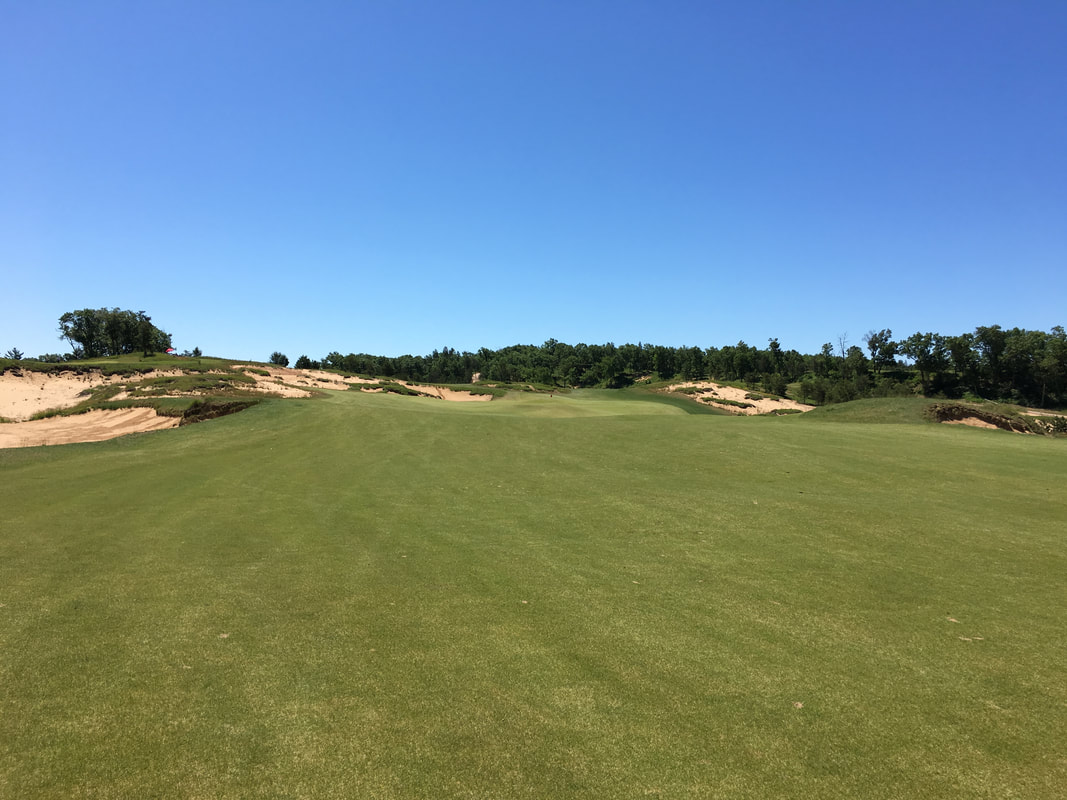
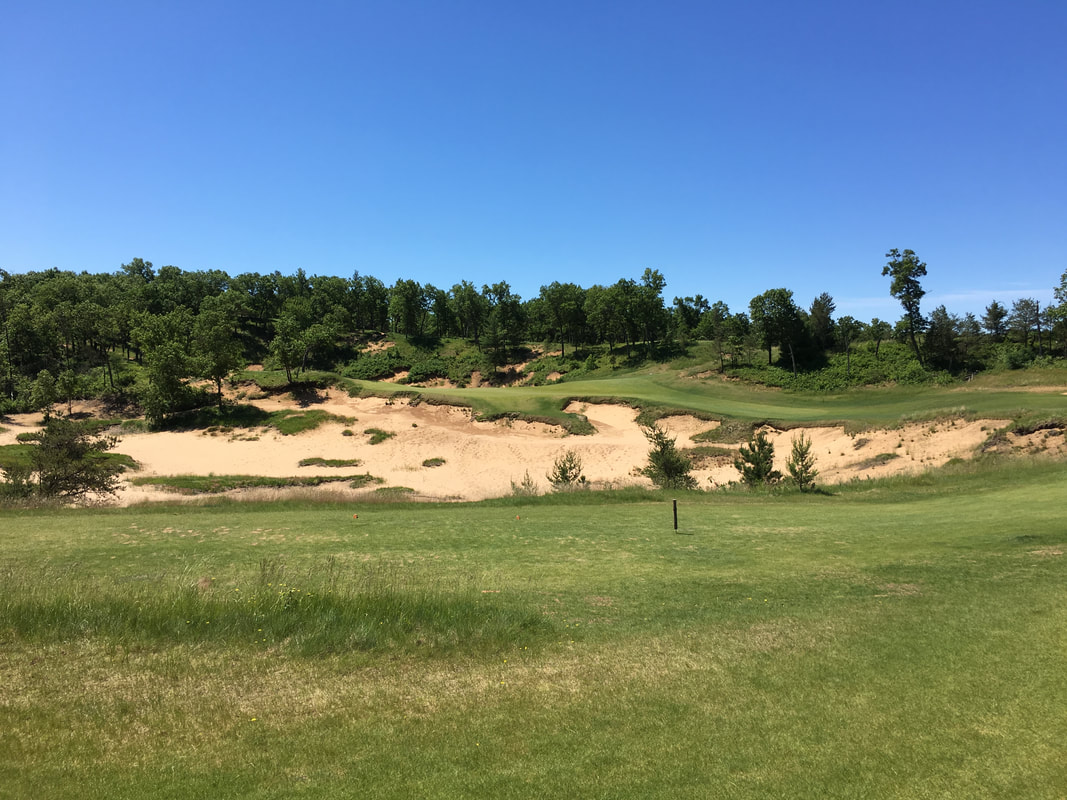
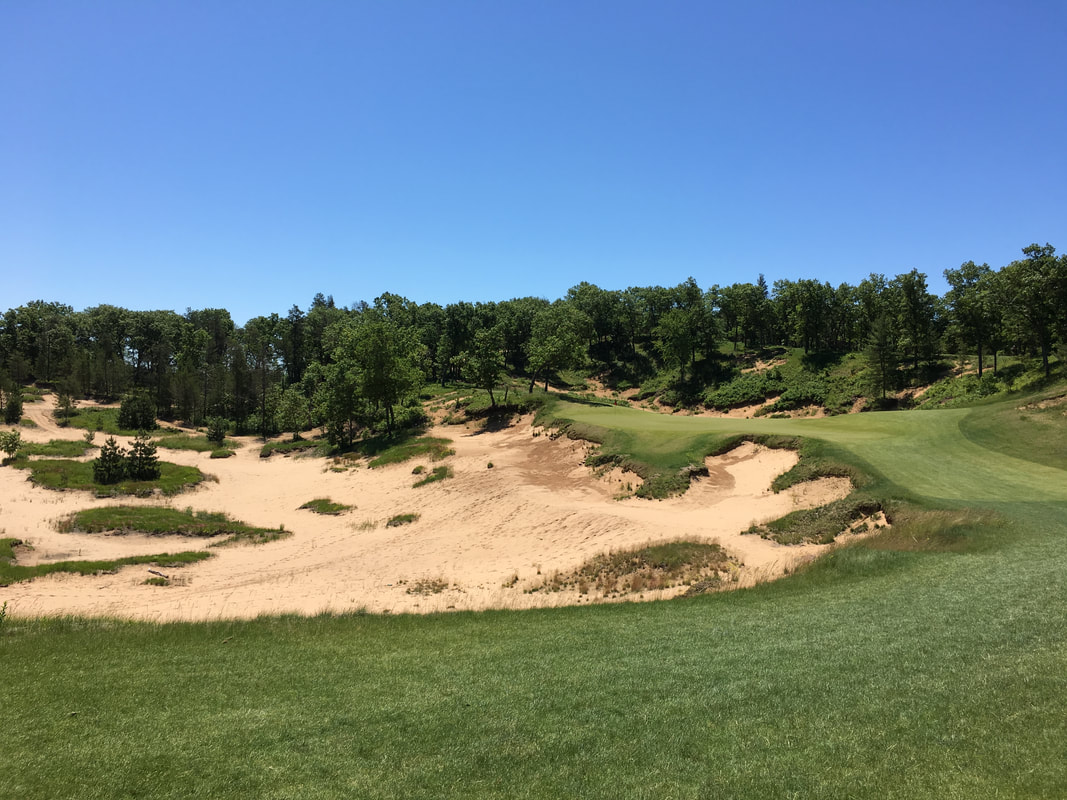
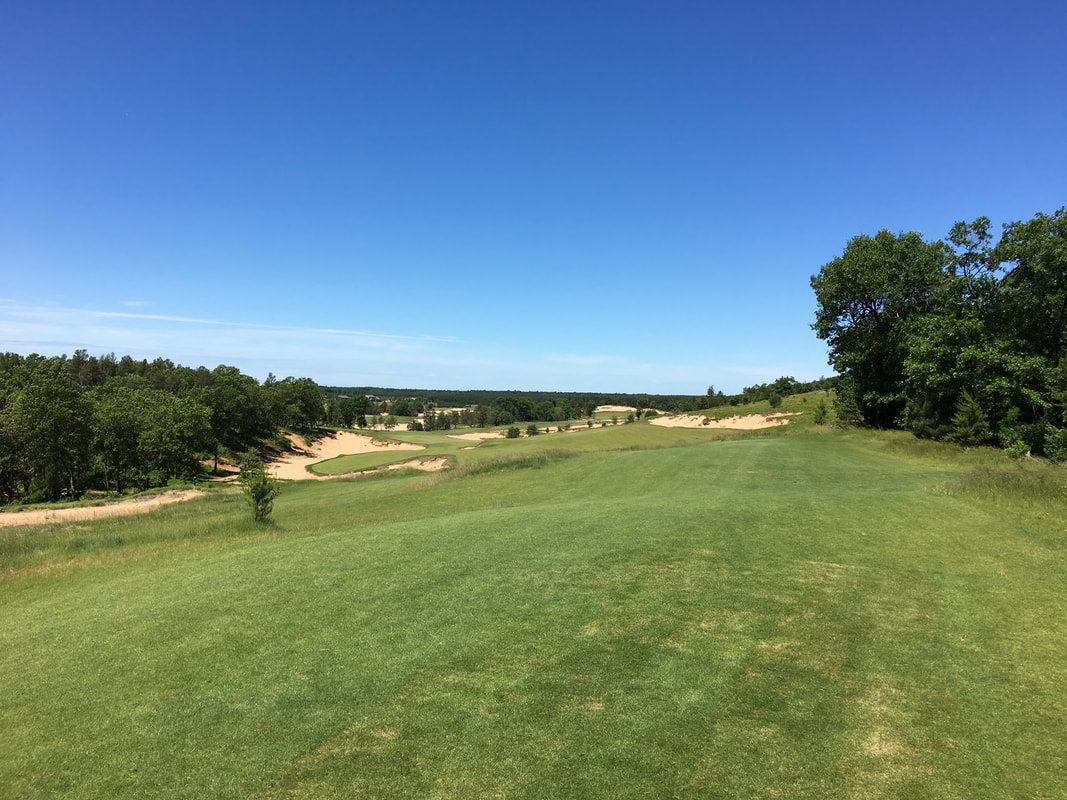
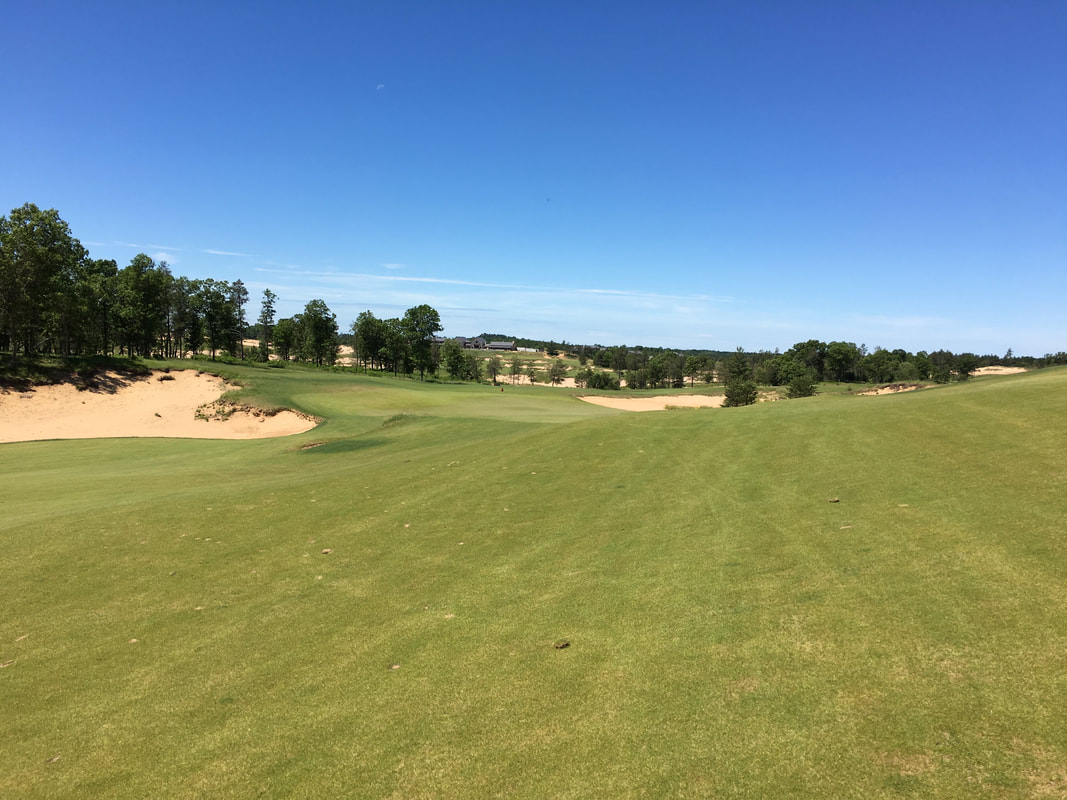
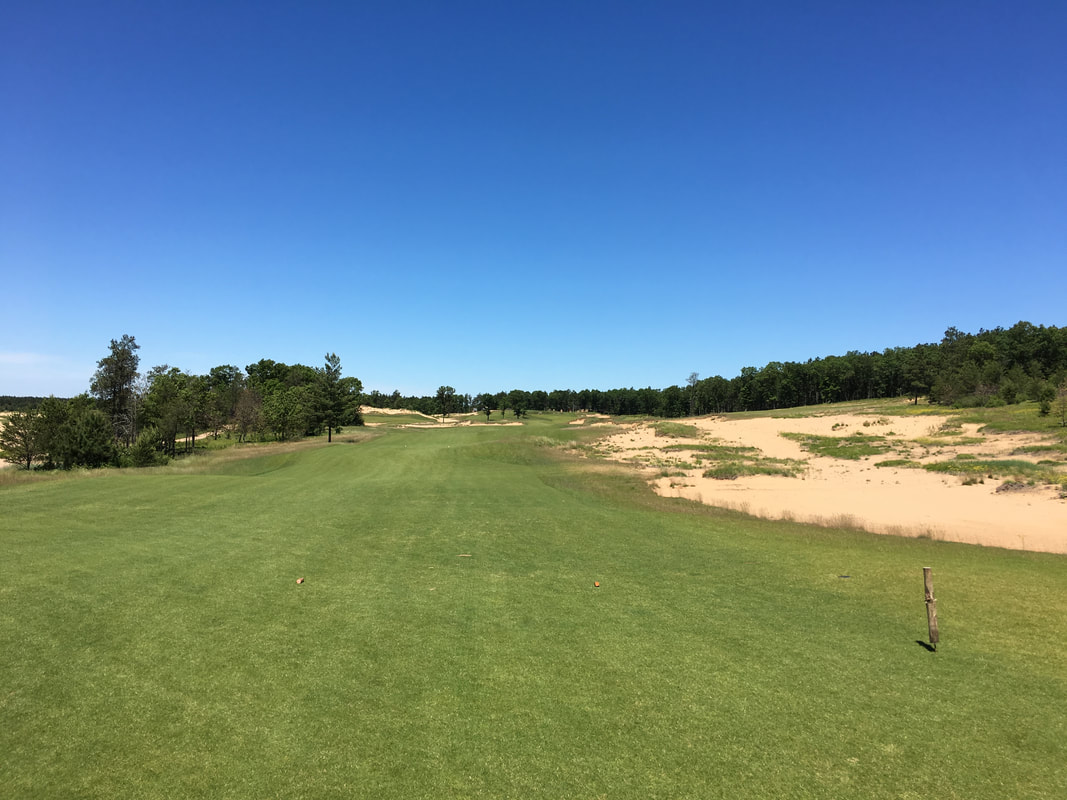
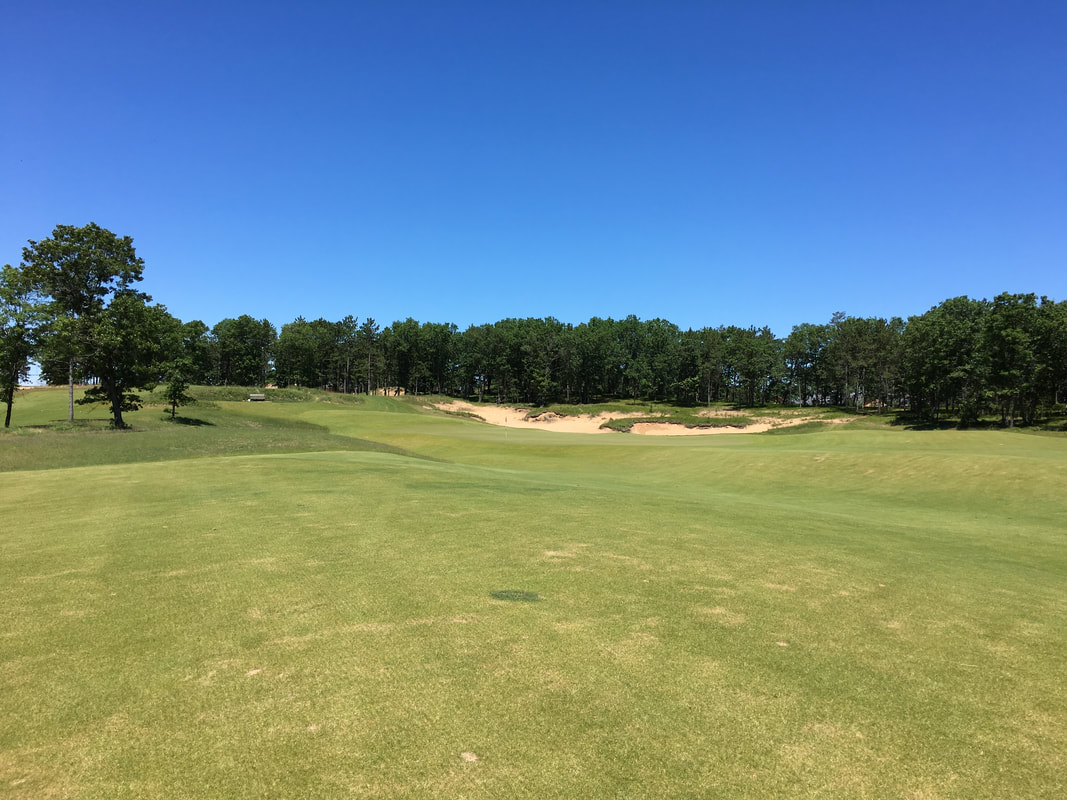
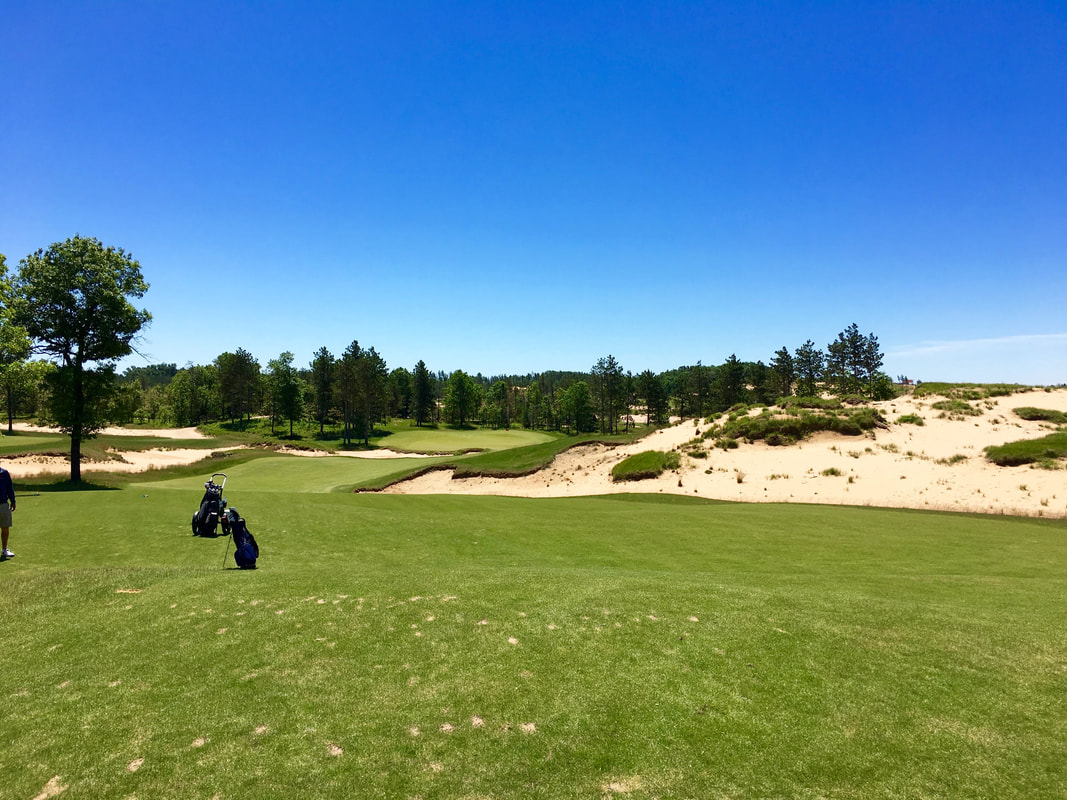

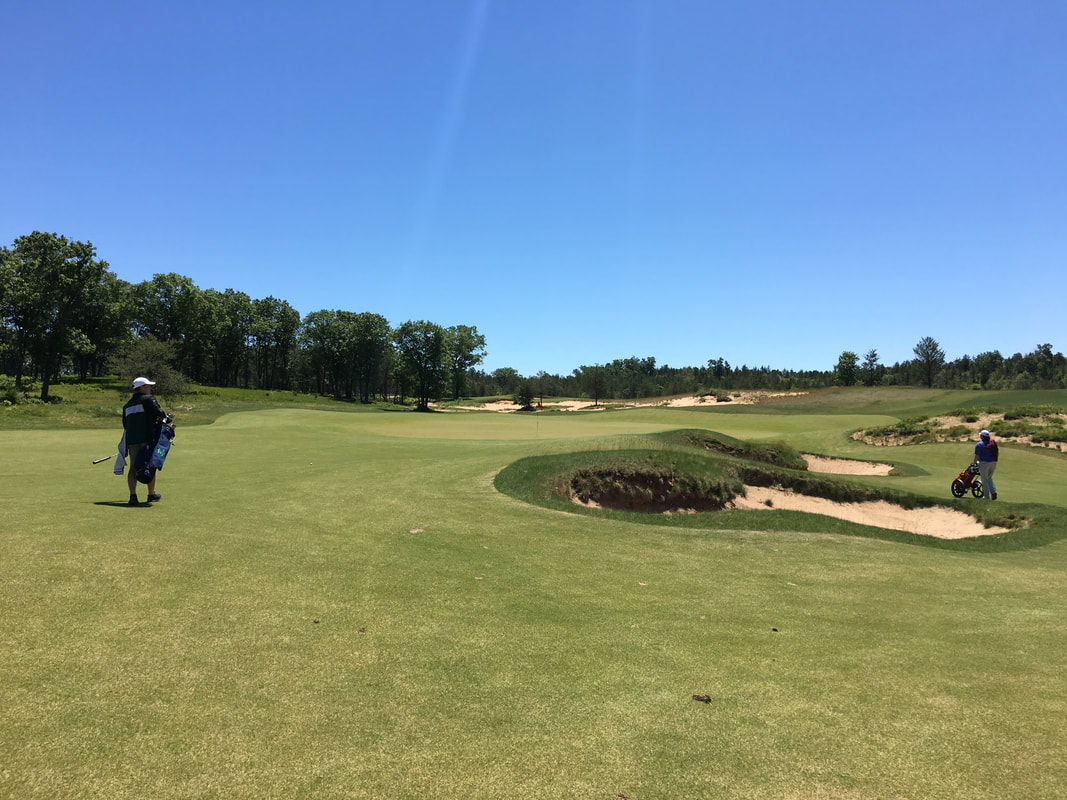
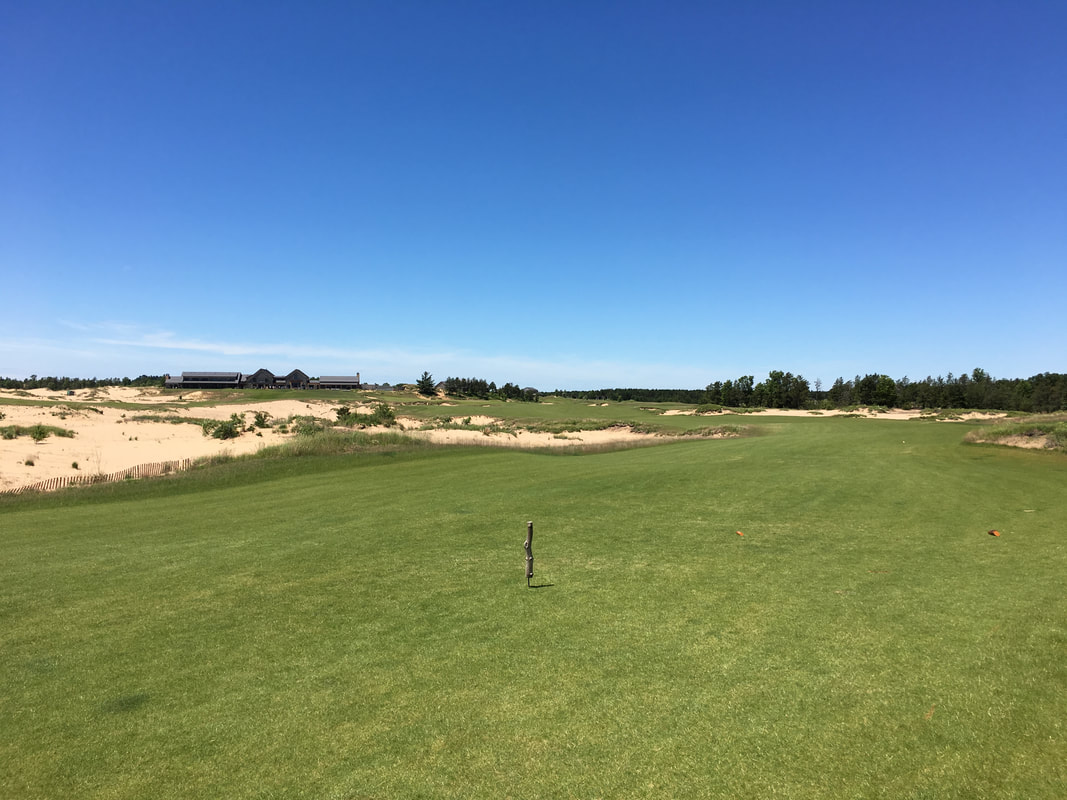
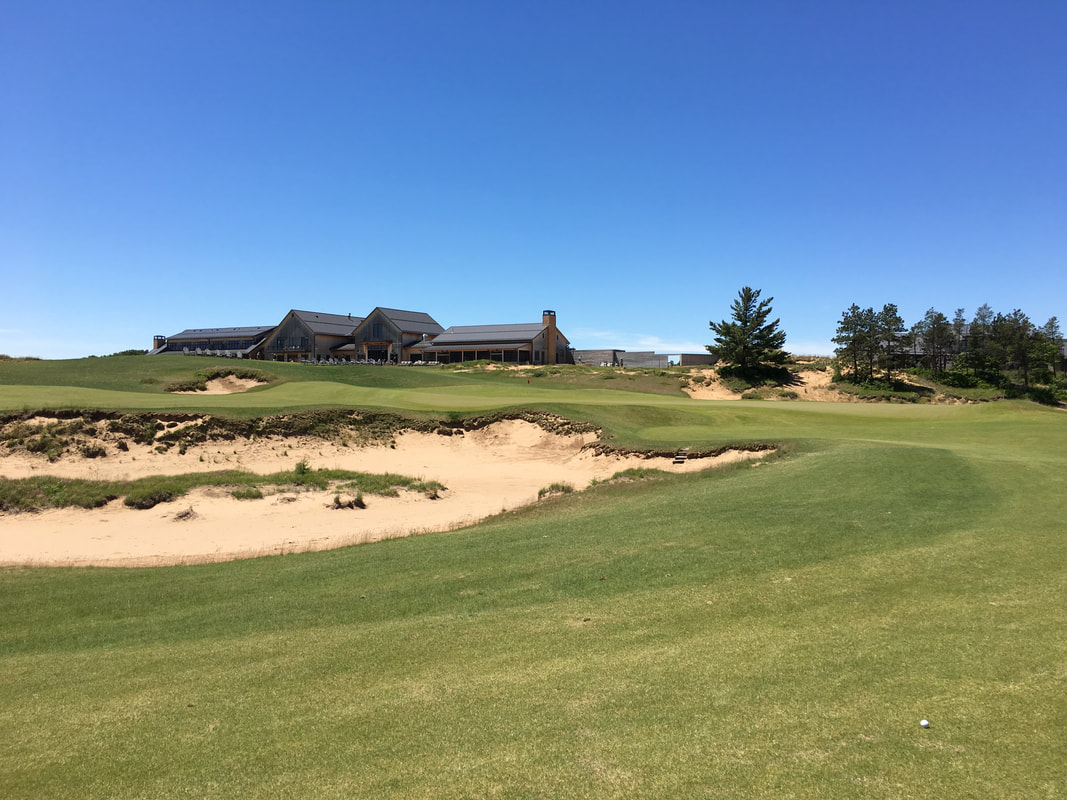
 RSS Feed
RSS Feed